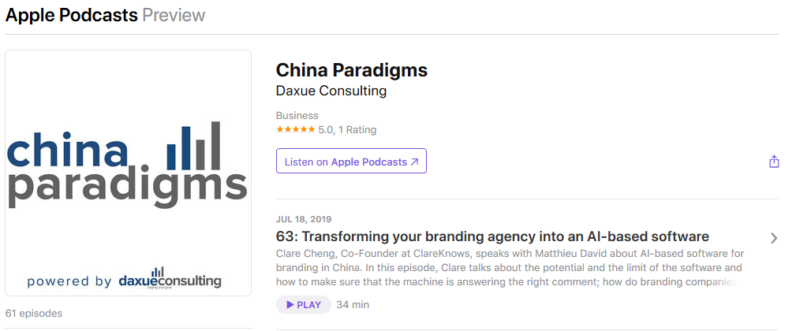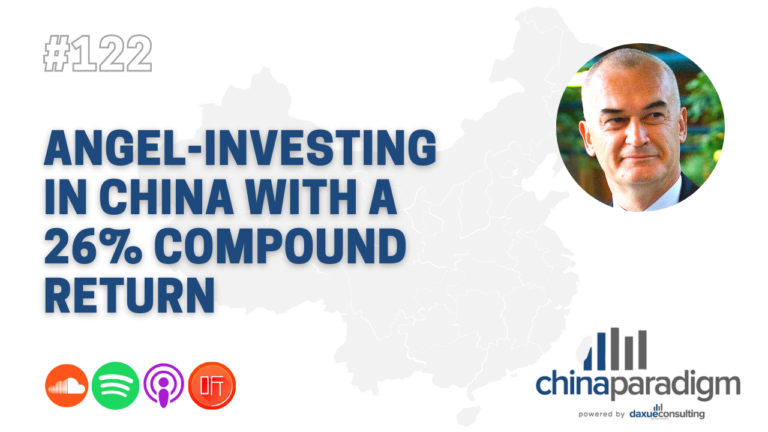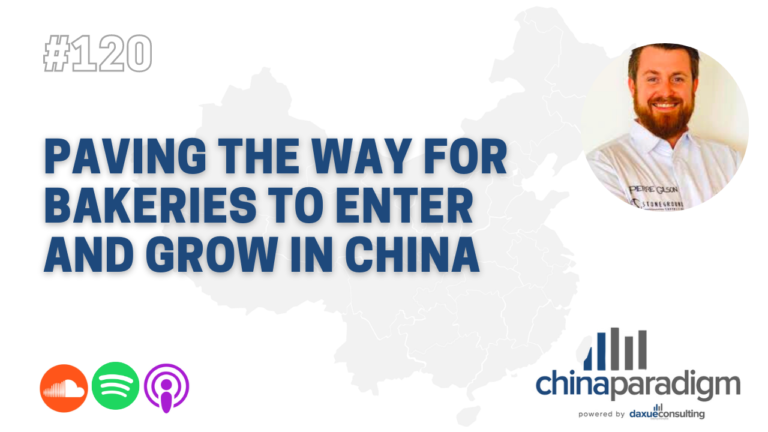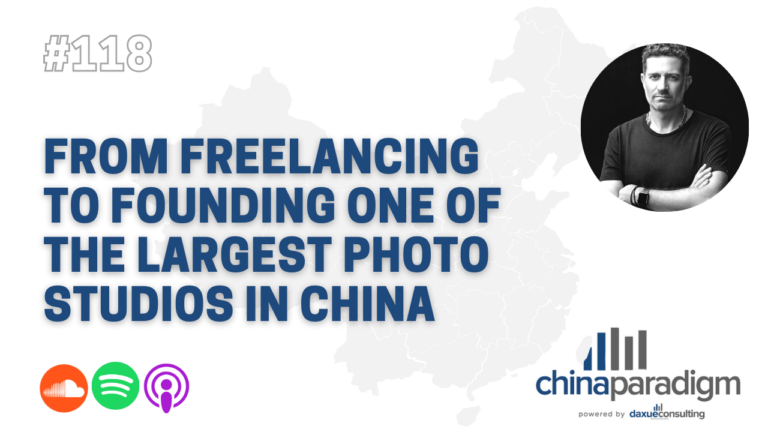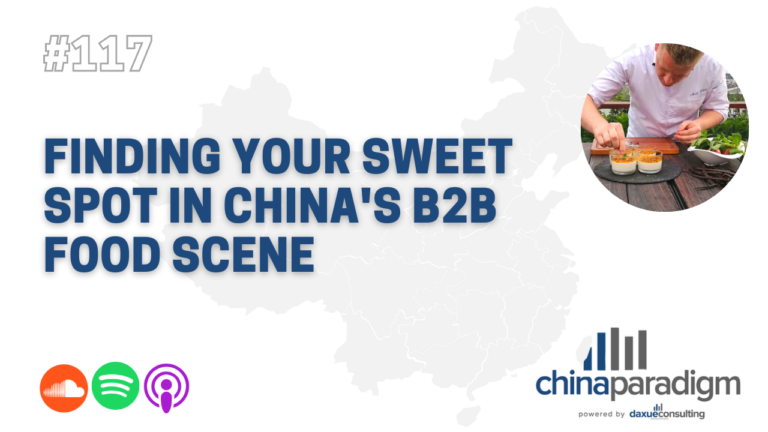China Paradigm interviewed Charles Carrard, who is the China General Manager at Boisset la Famille des Grands Vins and the former owner of a couple of restaurants in China to how to run a French restaurant in China successfully by building brand identity in China and the innovation in China’s wine industry.
Charles Carrard, an expert in China’s imported food and beverage industry
Charles Carrard completed his Bachelor’s degree in Commerce at School Du Parc in Lyon, France, 2002. He continued to pursue his education right after and received his Master of Science in Management from NEOMA Business School. He has also spent a year exchanging to the University of International Business and Economics in Beijing, China.
After graduation, Charles started to take charge of the Pan-Asian business development of Lanson International Diffusion, a group of the wine business in Reim, France, and embarked his career in China’s imported food and beverage industry in 2005. Three years later, Charles created his own digital company, altima° China in Shanghai to offer O2O strategies in China.
In 2010, Charles joined Paradox Asia, a leading imported wine in China, and took the role of its China Sales and Marketing Director. At the same time, he was also running a French restaurant in China, called Paradox Restaurant, which was later sold to his boss at Paradox Asia in 2018.
Currently, Charles is back in the wine industry, where he spent most of his career life, as the China General Manager at Boisset la Famille des Grands Vins, a family-ran wine collection originated from Burgundy.

Paradox Restaurant: How to run a French restaurant in China successfully
After moving from Beijing to Shanghai in 2010, Charles was a little bit disappointed about local China’s imported food and beverage industry, which has a higher benchmarking price and a poorer quality than expected. Therefore, he decided to run a French restaurant in China himself with one of his friends. Even though he had to leave his daytime job early to take care of the restaurant, his boss at Paradox Asia still supported him in testing this new business model on the side, which might spark innovation in China’s wine industry.
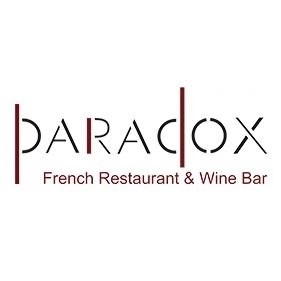
Located in Qingpu, Shanghai, Paradox Restaurant is a small, cozy French bistro, offering authentic French cuisines for both lunch and dinner. During his ownership, Charles was responsible for designing the restaurant, hiring and managing staff and making O2O strategies in China. According to him, running a French restaurant in China is not as difficult as it sounds like at the beginning.
“You don’t have to pay yourself, so the monthly payroll is not high,” Charles explained, “However, when you start to become big, the transition is hard.”
After opening five restaurants and expanding to Beijing and Suzhou, Charles realized that he had to put more effort into managing professional people and building brand identity in China. To him, the key to running a French restaurant in China is the food and experience that the restaurant could provide to the customers, because “they come for the quality of food.”
In the beginning, his O2O strategy in China for Paradox Restaurant mainly relied on the word of mouth, which mostly attracted foreign customers. After getting to know Dianping, the top application in China’s imported food and beverage industry, Charles started to leverage this powerful online platform. “We wanted more Chinese customers, so we spent some money on Dianping to make special deals and invite KOLs to our restaurants,” Charles detailed.
According to him, in order to promote a restaurant on Dianping successfully, the owner needs to hire a professional food photographer first to present nice places on the platform. More importantly, the restaurant has to build a brand identity in China based on how the local people think of the cuisines it offers.
“Most people think French restaurants don’t have to build a brand identity in China, but when Chinese go to a French restaurant, they order snails, goose liver, and beefsteak,” said Charles, “These are the key products you need to have on your menu in order to run a French restaurant in China successfully.”
The new retail is introducing innovation in China’s wine industry
Having spent more than 10 years in China’s imported food and beverage industry, Charles had witnessed a lot of earth-shaking changes in the wine industry in China, from shifting the O2O strategy in China to emerging FMCG retailers in China.
“We are in a model where online and offline come together,” Charles said, “And there is the future.”
10 years ago, all the big FMCG retailers in China like Carrefour and Auchan expanded at a fast pace and asked for more wine on their shelves. However, after new players as Ele.me, Meituan, Alibaba, etc. entered China’s imported food and beverage industry in 2017, these traditional retailers faced huge challenges of adapting O2O strategies in China to retain customers and sell leftover inventory of wine, which resulted in the innovation in China’s wine industry.
Charles believed that because Chinese people want new things all the time, innovation in China’s wine industry will emerge every two years. More and more people, especially in Tier 1 cities, prefer smaller bottles of wine in order to enjoy at home without wasting it. Other than that, they emphasize more on the quality of the wine, which opens opportunities for niche wine to build a brand identity in China.
“The future of China’s wine industry, especially in terms of building brand identity in China, is not on the volume and being cheap, but on the quality.”
Listen to China Paradigm in iTunes
